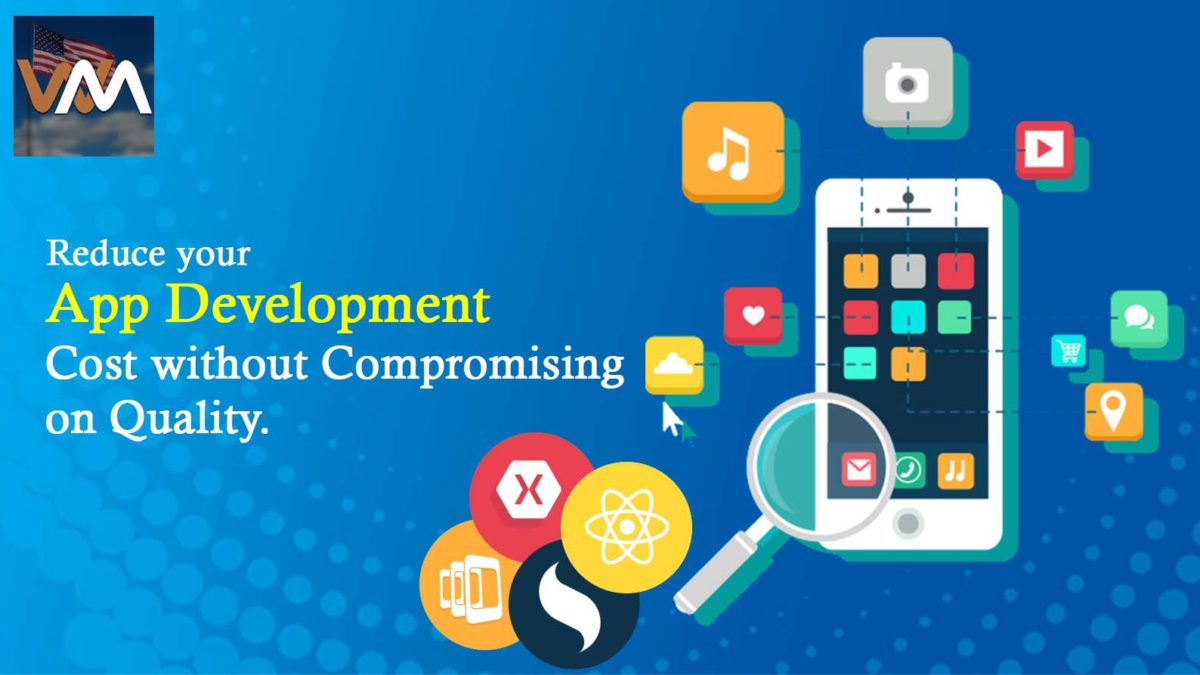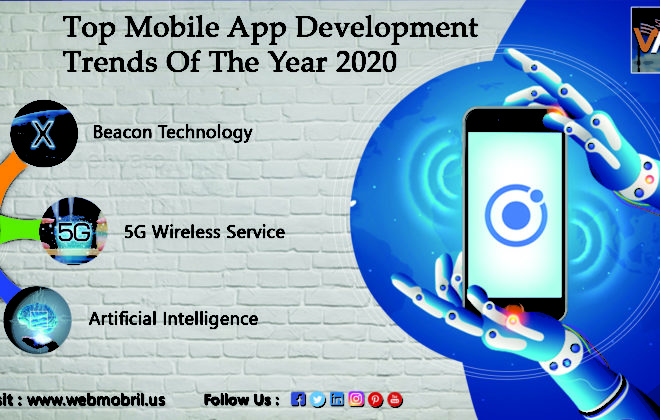How to Reduce your App Development Cost without Compromising on Quality
An app with everything over the top costs a bit costlier than many other apps with some basic features. And that’s true no one can deny. But does that mean we cannot have a worthy app without compromising the quality to reduce the cost? An expert wouldn’t take a second before saying ‘no’ to answer.
Here at WebMobril LLC, we have a fully packed team of such experts delivering solutions to major & minor concerns relative to mobile app developments and how mobile apps bring more to your business. So, let’s have a look at what we do to keep the costing constraint and still providing promising quality mobile apps to all our clients.
Planning
To come up with a definite successful mobile app among the audience require deep planning done with profound research. Our business analysts take absolute care of your requirements, putting them segregated for better development of an execution plan.
Only after doing proper research of the similar apps, as of your requirements, they create a custom proposal that describes all features that your app will have, which technology will be used in the development, and so on. While planning all these things, you also make your final input on your budget as it helps to prevent useless expenditures.
Interactive Prototype
For assured client satisfaction with the product, before start developing the app, we present our client with a completely functional prototype. Once they are satisfied with the prototype, we can move forward with development. Though, creating it has its own cost but reduces the overall pricing of an app, as you prevent future consequences such as small-small modification, which takes extra added efforts of the resource. Thus, not presenting an interactive prototype adds cost to future aspects.
Cross-Platform Apps
When your audience resides in both platforms: iOS and Android, then your app must be compatible for all to use. Now, there are two ways you can get on to it. First, through two native apps one for each platform, but that’s comparatively costlier, as it takes higher man-hours. The second one reduces the cost to a much lower bill, you can have a hybrid app, developed by the same code, which is compatible with both iOS and Android.
The final call will be yours, make sure you take it wisely. Opting any of the above ways would not lead you to compromise the usability of the app.




